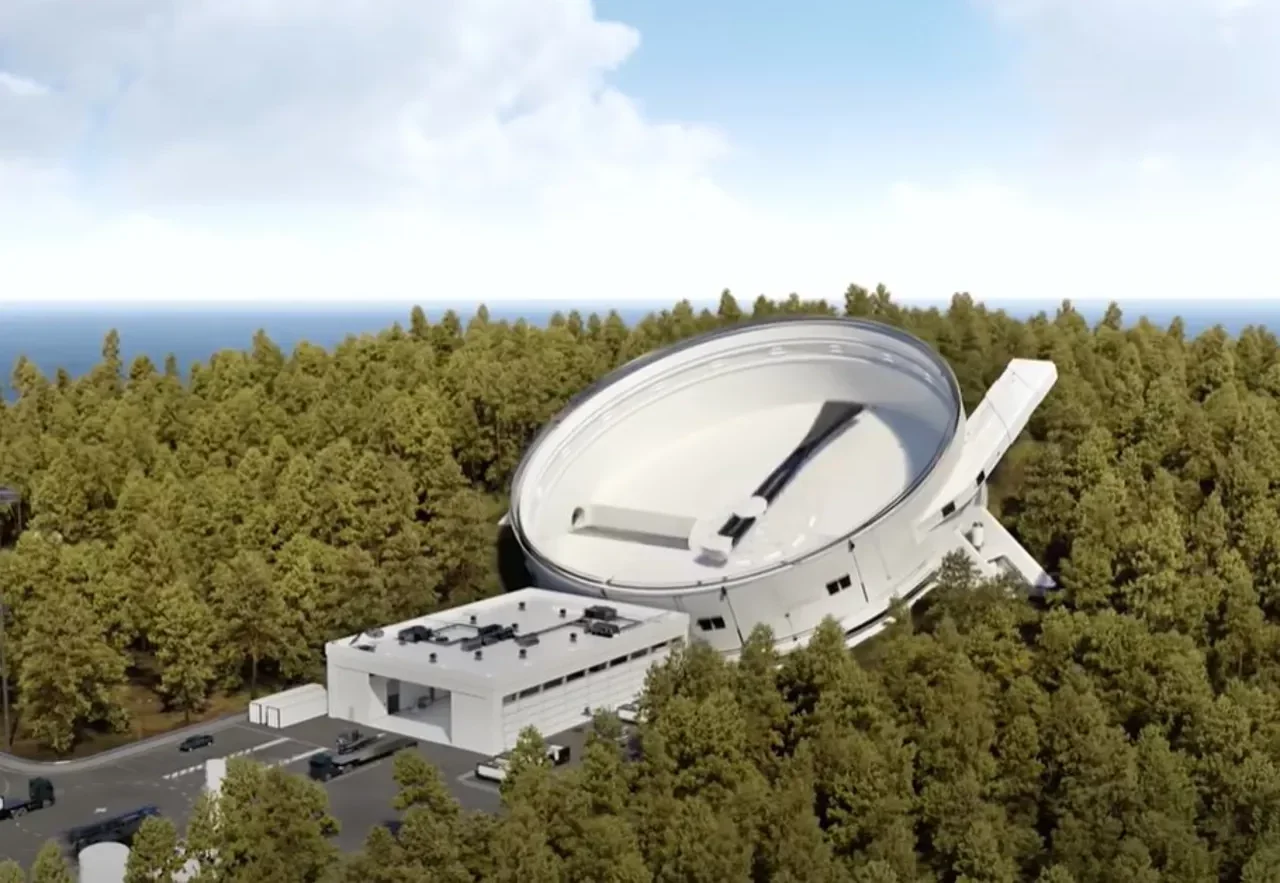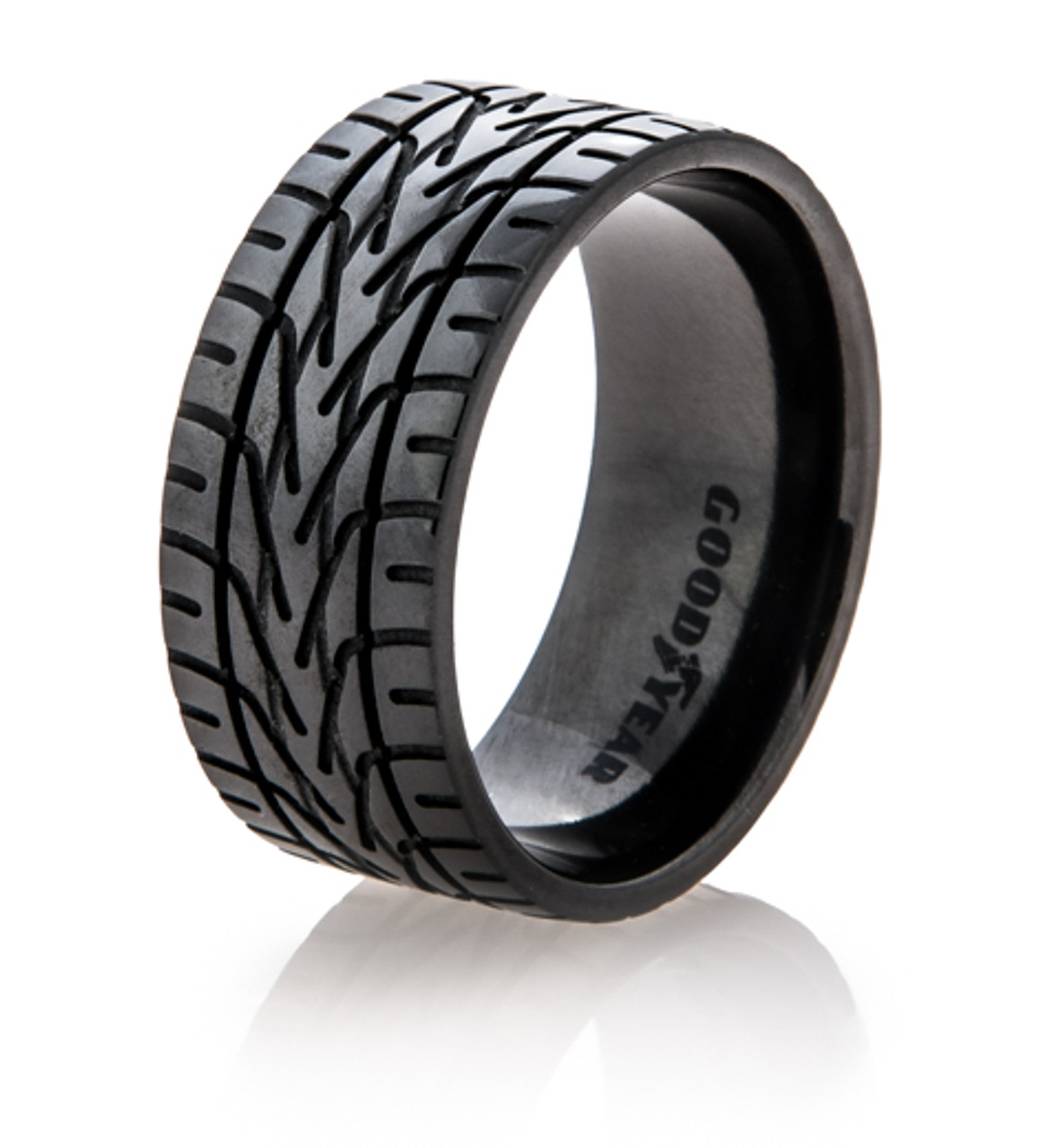I haven’t see any kind of news or update from them in over a year
Yeah looks like they ran out of money.
Actually, I stand corrected. It looks like they raised $11.5 million a few months ago and are working on a ruggedized little satellite that would survive their centrifuge.
Also, “founder and CEO Jonathan Yaney left the company” ?
https://payloadspace.com/spinlaunch-raises-11-5m-to-hurl-more-spacecraft-into-the-sky/
This was the comment I was looking for. Thanks for sharing!
I remember watching debunking video of this years ago. If I remember right, the problem was how to stop a projectile (a rocket in this case) from spining once it’s released. I need to find that video …
Thunderf00t made a good one.
I did watch that and there are problems but the debunking video itself was really bad and acted like there were problems that had already been addressed in the video it was a direct response too. It still seems like a crazy idea but they have had test launches and there didn’t seem to be a spinning issue.
There are many more problems… Creating that vacuum takes time and the centripetal forces involved limit what you can launch. Mammals and complex machinery are a no-go.
not possible. This could work for orbiting probes but only if you send up a little fuel with it as well. The orbital mechanics work out so that the probe will fall to the height of the catapult which is in the atmosphere.
What prevents them from doing exactly that?
Lots of (all?) satellites have propulsion systems to make orbit adjustments anyway. Is it that complicated to bolster them a bit for that purpose?
Well I just meant the restriction in the title where it said no rocket fuel. Its not possible if you have no rocket fuel. But they probably will use rocket fuel if they get the faucility to have a big enough diameter to get mostly to orbit.
I’d imagine having the propellant tanks, plumbing, valves and engines survive 10,000Gs without crumpling or deforming to the point of failure is going to be a bit of an issue. Any thin and lightweight structures like foldable solar panels (and their deployment mechanisms) are also going to be tricky.
Hmm, but if the acceleration is gradual, shouldn’t it be fine?
Or are you referring to the constant centripetal acceleration felt by the object as it’s spinning?
Man is physics class far away
The centripetal acceleration. It’s going to ramp up fast. There’s also the concern of what’s gonna happen to the payload when it’s released, exits the vacuum chamber and smacks right the fuck into the dense low-level atmosphere at a significant Mach number. Cause that’s what has to happen if the goal is to reduce the need for onboard propellant.
Engineers who spent their whole childhood watching Loony Toons: “My time has come!”
Haven’t heard from these guys in a very long time. Good to see they’re still going and actually making successful test launches.
Let’s all go reread “The Moon is a Harsh Mistress.”
I want it to work because it would be so fuckin cool. Yeet my ashes into orbit pls.
Why not use a magnetic launch and put rockets on a rail gun? You could put it on an inclination and accelerate that sucker over multiple kilometers if you wanted to in order to build up the velocity you need. The g-forces would be concentrated in one direction Wouldn’t that reduce the number of problems?
The spin launch thing is easier to do than what you’re proposing.
A straight rail gun would require INCREDIBLY LARGE amounts of energy to be outputted in minimal time.
The spin launch contraption inputs energy into the spinning hand or whatever slowly over time. The spinning hand stores this energy as rotational energy. This way, while the payload has to go through high g forces for a longer time, you don’t need fancy apparatus to input energy.
When it’s time to launch, the hand suddenly lets go of the payload, instantaneously converting all that energy to kinetic energy.
The challenge here ofc is to make the hand VERY strong. That’s why it’s literally a block of carbon fiber.
I really want this thing to work, but uk… They haven’t demonstrated any significant breakthroughs yet. I just hope they don’t run out of funding before showcasing something substantial.
Why would it cost more energy to accelerate the same load on a linear path than on a circular path? Where does the additional energy requirement come from?
And why do you assume the time has to be minimal? You can make the rail quite long, kilometers long in fact.
Spin Launch releases at 2.1km/s or 2100m/s . Say you want to reach that with 9.8 m/s² (earth’s gravity) that’s 2100/9.8 ~= 214 s so about 3.5 minutes . The distance traveled is
s = 0.5 * a * t * t-->s = 0.5 * 9.8 m/s² * 214s * 214s = 224,400m = 224 km.That however is at a relatively lower acceleration. Rail guns have barrel lengths of a few meters e.g Japan 6 m and release their projectiles at 2km/s or 2000m/s. If my math isn’t wrong, that’s 333,333 m/s². The projectile of 320 g is nowhere near the 10,000kg that Spin Launch aims to release, but let’s see how much energy that requires. I’m out of time to calculate that, so if you want to, please do.
According to the transcript of this video interviewing Spinlaunch, claims to require 100MWh with a spinup time of 2 hours.
But we don’t want to accelerate 10 tonnes to 2.1km/s in 6 meters. That’s insane. The rocket is probably longer than the entire rail. 10km maybe even 50km would be more realistic.
Why would it cost more energy to accelerate the same load on a linear path than on a circular path?
I didn’t say that. I said that you would need to input a lot of energy in much less time.
Now, how would you do that in a linear acceleration system? Well, you would need an unimaginably large capacitor bank if you’re going the electrical route. Or, you could use chemical fuels, but then stuff would get way more complicated as you would have to deal with plumbing (if you’re using fluids), reliable detonation, etc.
In this case, you’re just storing all that energy in the carbon fiber hand, which basically is a flywheel.
And why do you assume the time has to be minimal? You can make the rail quite long, kilometers long in fact.
All acceleration that a payload would receive is when it’s in the gun. So let’s say, the first 100m give it a 1000g acceleration. But, when it enters the next 200m, it’s already going very fast. Therefore, it would spend very less time in the next 100m section. Thus, the payload would get WAAAAAY less acceleration.
This means, that you get diminishing returns in terms of initial velocity as your gun increases in length.
Another issue is that you would be able to launch stuff in one direction only. What if I want to launch in polar orbit? I would need to build another km long gun in that direction. Compare this to spin launch, where you could quite easily point the launch apparatus in whatever direction you want to launch in.
Also, the spinning thing is in a vacuum. The rail thing has loss due to drag.
No wonder no one trusts the news when they make clickbait headliens like this
You can (theoretically) reach “space” with a single impulse from earth’s surface, but you cannot achieve earth orbit that way. To make orbit, you need a circularization burn at apogee to raise your perigee above the atmosphere. Otherwise, its ballistic trajectory will cause your spacecraft to re-enter the atmosphere.
Yeah, this is just a first stage replacement. You still need a rocket to get most of the way into orbit.
The first stage counts for the bulk of the fuel and total mass, so this would still be a big deal.
I only understand what you’re talking about because of Kerbal Space Program
I only know it because of Kerbal Space Program. :)
Lotta coulds, ifs and mights in this breathless koolaid-drinker’s puff piece (actually he’s probably just a shill). Lotta rendered images and animations. Lotta lack of anything tangible. Lotta totally irrelevant misdirection in the bottom half of the puff piece.
This isn’t a news piece. Nothing new has been done with this idea. It’s basically an ad (for vaporware). The headline is technically misleading, as no such thing has been done yet.
Lmao don’t be so dramatic.
It just takes building enough energy to launch the object of whatever mass.
It’s a mathmatical equation that will be solved by someone someday.
Edit: lmao do you babies bitch about all new tech?
A bunch of old men shaking their fists at clouds
“sends” in a headline means one thing to most people. They should have said “may one day send” if they wanted to be accurate.
In mice.
It would work fine in a vacuum, e.g. on the moon. Unfortunately, on earth we have a thick atmosphere to deal with. Orbits are about going sideways VERY fast. If you try and plough through the atmosphere at 7km/second it creates a LOT of heat, and uses a LOT of energy. You also can’t just lob a satellite up. It will need to circularise its orbit, so you need to log an engine and fuel too.
Basically, it’s viable as a technological idea, but not on earth.
“Just”.
Lmao those idiots who want propulsion engines to take us out of the atmosphere, the con men say it would “just” require enough energy to be stored in the fuel tanks!
Lmao idiots!
Do you struggle with reading comprehension?
I didn’t say anything about whether this concept was viable from a physics standpoint.
I said that the article is a puff piece (which it is) and probably a paid advertisement, and that the headline claims that a thing has happened which has not actually happened.
Technically, the Alcubierre drive is also just a mathematical equation that will be solved by someone someday if we figure out how to acquire and concentrate enough negative energy. That doesn’t mean it’s happening anytime within the next 1000 years though.
It’s mathematically impossible to send an object into orbit just from energy imparted on the ground. Depending on the speed you launch it, either it falls back down or it flies off into space.
To achieve orbit you need a circularization burn at the highest point of your trajectory.Or as Scott Manley put it:
“Getting into space is easy. Getting into orbit is hard.”
Thunderf00t busted this three years ago: https://youtu.be/9ziGI0i9VbE
Vaporware then, vaporware now
Thunderfoot is a dumbass and shouldn’t be referenced for anything. If he gets something right it’s only by luck.
Launcher may handle 10,000 g’s, but satellites tend to be kind of fragile
You’d be surprised how well modern cubesats are already designed implicitly with high-G components. There was a video about them testing an “off-the-shelf” sat from a professor and it held up with only some minor modifications.
How many oceangates is that? Can we send CEOs in it?
euthanasiacoaster without the extra steps
Can we use this to throw people we don’t like?
It would squish them first.
Spin your enemies at high speeds in a vacuum until they’re dead then launch their corpses into space
That’s fine we didn’t like them to begin with.
I’m disappointed it’s not a trebuchet










